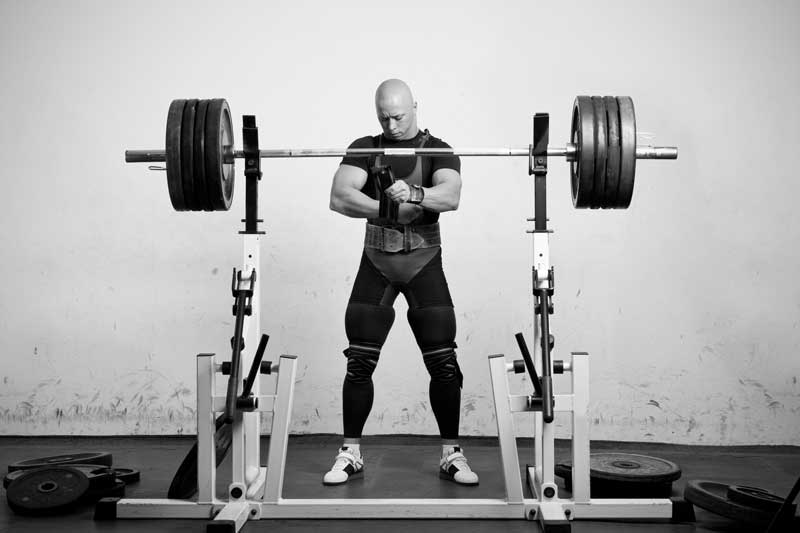
My affair with the squat started a long time ago, back in 1982. I was going into 7th grade, and I was attending the University of Illinois Football camp in Champaign, Illinois. The football camps were very different than they are today. It was a camp for kids to have fun and the coaches make some easy money. Introduce the campers to some fundamentals, let them play on the Astroturf, go into the locker room, get a T-shirt, play some 7 on 7 and finish with some awards and a watermelon eating contest. But a rotation that caught my attention and started my 34-year quest was the visit to the weight room. The coach did some fun stuff to impress the campers. But, I didn’t buy into the fluff. I thought there was something more than the parlor tricks. And when he started talking about the program and the different core lifts, I was glued. And then he got to the squat. And he said, “our fastest player, Mitchell Brookins, runs a 4.4 40, and he also squats 500 lbs. …the more you squat, the faster you will run.” For me, that was my own Christmas Story epiphany. That was my Red Rider BB gun with pump action. I wanted to play college football and was ready to start my journey (Mike White did a good job of selling me). All I needed to do was to squat 500 lbs. The strength coach had posters for sale that had all of the lifts you should do and the prescribed amount of sets and reps. And a whole row of explanation about the squat. I bought it. And now, I started my journey to 500 and a 4.4 40. Unfortunately, there was no one around warning that I would shoot my eye out.
In my basement, I had the classic Sears plastic weight and the classic bench. I would load up my 100lbs and somehow lift the weight from the tiny forks and start cranking out my squats, and when I finished, I managed to land the weight on those tiny forks again. Looking back, I am amazed I never dropped the weight and cut my head off. So, for the next two years, I cranked out my sets until I got to high school. I had a good freshman year and like every other kid, after the season, I went down to the weight room. My work paid off as I surprised the coach that a tall skinny freshman could bench 155 and squat 250. I surprised myself because I didn’t have that much weight at home so something must be going right. My coaches supported the squat notion, and I drove on for the rest of my high school and college career. My only problem was that while I hit the 500lb mark, I was not the 4.4 forty guy that I thought would be promised to me. And at NIU, my 4.6 was not that impressive next to fellow wide receiver who was state champion in the high hurdles, but I could squat quite a bit more than him.
My lack of results began to make me question does squatting more make you faster. While I wouldn’t give up on my favorite exercise, there were some indicators that started to rock my confidence. When I was Graduate Assistant in the weight room, I saw some raw athletes that claimed they never squatted before, but could put up big weight with perfect form. Leshon Johnson would then go on to be a finalist for the Heisman and have a nice career in the NFL. He walked into the weight room from a rodeo and squatted 405 no problem. He was also the quickest person I had ever seen.
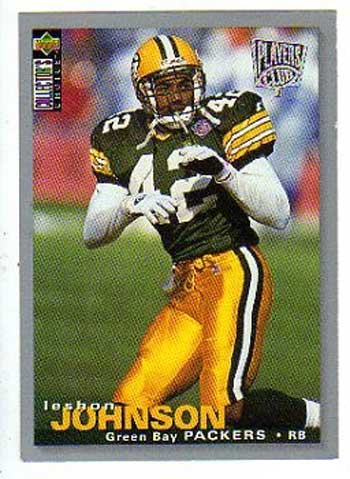
Figure 1: Leshon Johnson
But then there were also guys who couldn’t squat much but they could run and jump. When I moved on to high school, I coached football, track and ran the weight room. I stayed with my squat program. I even added all the Westside barbell stuff I could afford. I could get my guys to put up big numbers in the weight room, but the times on the track did not correlate. We were stronger but not as fast that I had hoped. There was a guy or two who seemed to improve but for the most part, the effect on team speed was not what I was hoping for. Or, the time we put into the rack was not showing on the field.
I had to get past the emotion and tradition of the exercise and start exploring what was going on to see if I could get better results. Remember, when you point your finger at someone or something, there are 4 pointing back at you. I started to study film, movement, mechanics and anything else I could find. But mostly it was from trial and error. From this journey, here is what I have learned.
When athletes go into the weight room, they have one goal, get bigger, faster stronger. No football player wants to be the guy who has a 10 and a 5 on each side of the bar in the squat rack. I think we all remember the pride of slamming 45’s together on the pins. Big boom. And athletes will do anything to move up the chart and get a 500lb club shirt. And this is where the problems begin. Technique goes out the window. Spine shape changes, cervical shape change, pelvis rotates, knees knock in, one ankle bends more than another, etc. Once we find that groove, that becomes our strong pattern. Neurons encase and strengthen the message to the body to lift the weight. Once completed, endorphins flood the body. Job well done! Or, the coach, in his best intentions and greatest love wants the athlete to go down deeper, regardless of what it does to the body. Again, they are strengthening a pattern that doesn’t always mean that it will translate into faster, more explosive movement. In fact, I think it hinders athletes more than helps.
Athletes will do anything to get a 500lb club shirt. And this is where the problems begin. Share on XWith this process in mind, I started to look at athletes that had good squat strength and filmed them sprinting and jumping.
Part of the problem with the squat and its connection with putting up big weight is the recruitment pattern. The big weight is changing the shape of the spine. When the brain feels the spine is not aligned, it shuts off the glutes. Try it yourself. Sit or stand and put your spine in a position where it is not aligned. Now try to squeeze your butt. Can you get a good contraction? Most people cannot. Imagine putting 300 lbs on your back and see what you can get from your glute. That is your body protecting itself. Why give big power to big muscles if your body knows this is a quick way to get hurt. The reptilian brain takes over to ensure that we are not eaten by a large, predatory creature. From this point, I think the secondary drivers take over. So as the athlete descends into a position that they have been coached, their legs bend until they feel they lack the isometric strength to hold. For most, this position is not nearly deep enough for their overzealous coach. So, they bend in the spine/lower back to get depth. Now it is all spinal erector. When they reverse the weight, they initiate the movement with their spine and finish with their quads. As they rep and strengthen this movement, the body learns that these are the major movers and bypasses the muscles that are supposed to move the body forward.
Great theory. But how do I see this in movement in sport? To start, I muscle test all of my athletes to see what is moving their body-hip flexion and hip extension. I have found that athletes who have been living in the squat rack, mostly football players, never test well in their glutes. They are usually “shut off.” Have them lay face down on the table, lift their leg off the table with their heel as close to their butt as possible and push down on the middle of the hamstring. They should be able to hold a substantial amount of weight. If you can push the thigh back to the table, their glute is not firing. If they can’t get it to fire in an isolated position, it will not function optimally. I have found that athletes who can fun fast and jump high have a great contraction when I test the muscle. I have had young kids who run well, but have not been in the squat rack hold my body weight. I have had athletes who are “500lb” squatters fail miserably. They also do not run well.
When I film these athletes running, they resort to what I call a push run. What I see happen, usually, is the athlete’s foot lands slightly in front of their center of mass, sometimes striking first with their heel (Figure 2). They then allow their center of mass to pass over their plant foot. You may notice that the athlete is usually in a quarter-squat position. Once they pass that point, from that quarter squatted position, they use their quadriceps to propel the body forward. Watching them on film backward, you may notice the body “porpoises” or bounces up and down. Their toe-off phases will have the knee well beyond the outside edge of their glute. I determine this by drawing a line from the outside edge of their glute. Ideally, when the toe is coming off the ground, the knee will be under that line. If they are pushing, they will want to stay on the ground as long as possible. So the foot and knee travel well beyond that line (Figure 3). The athlete may also have a forward lean to help the body go forward. It is almost like they are jumping their sprint down the track. Some people become quite efficient in this technique, but it has a limited ceiling as far as reaching top speeds.
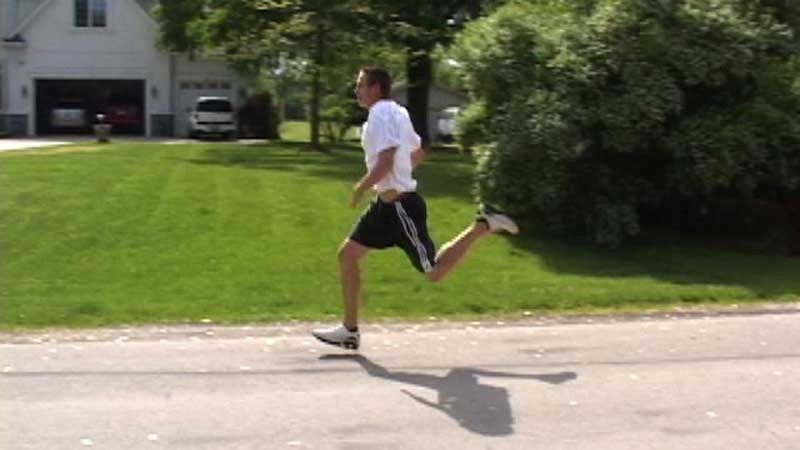
Figure 2: Here is a push athlete about to make contact. You can see he is about to heel strike, and foot contact will be in front of the center of mass. Trail leg is way behind.
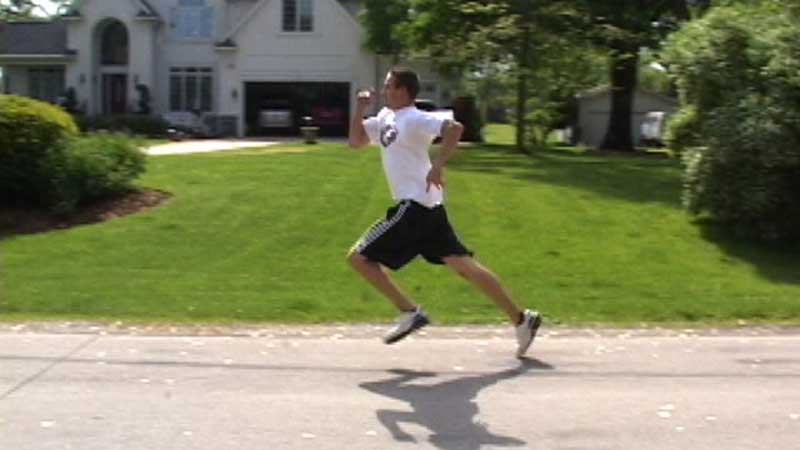
Figure 3: The athlete’s toe off has the knee well beyond the outside line of the glute. This athlete is using his arms to help drive and even shrugging shoulders to help lift mass off his drivers. The body becomes very clever in creating cheats to help the compensation pattern to reach their goal of running faster.
What should be happening is that the foot strike lands directly underneath the center of mass. That pushes the shin forward, into ankle rocker, and gets a good glute contraction (Figure 4). Since the muscle fired, the body feels the need to bring the foot forward and the cycle starts again. This explanation opens up many different discussions. First, this is a good explanation for what Dr. Peter Weyand may prove in his research. With the spinal erectors and quad driving, you get more of a horizontal push. And the ground contact time is much longer. With the foot trailing so long, it takes time for the foot to come forward. And like Dr. Weyand says, there is not much difference in repositioning the legs or the swing phase. So, the knee cannot drive as high, and the runner becomes “late” in their gate cycle. A good indicator of that is to look at the position of the swing leg at midstance. If the swing knee is in front of the plant leg knee, timing is good. With an efficient contact, the glute gives more vertical push and the toe-off phases occur much sooner (knee should be under the butt at toe off) which gives the athlete time to bring his knee higher on the drive. That gives his body time to travel farther, so the contact happens underneath his center of mass. Yes, in my opinion, all of that happens because an athlete has poor squat technique.
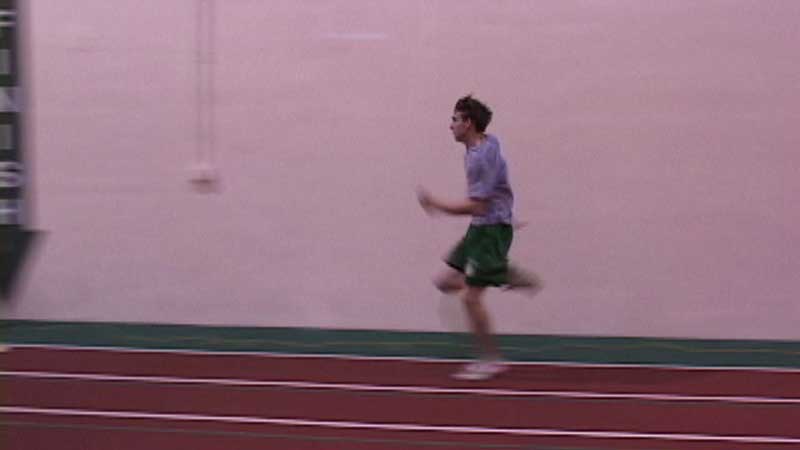
Figure 4: Foot strike and midstance phase is at one point for this athlete. Swing knee is already in position, and arms are more synchronized with leg movement.
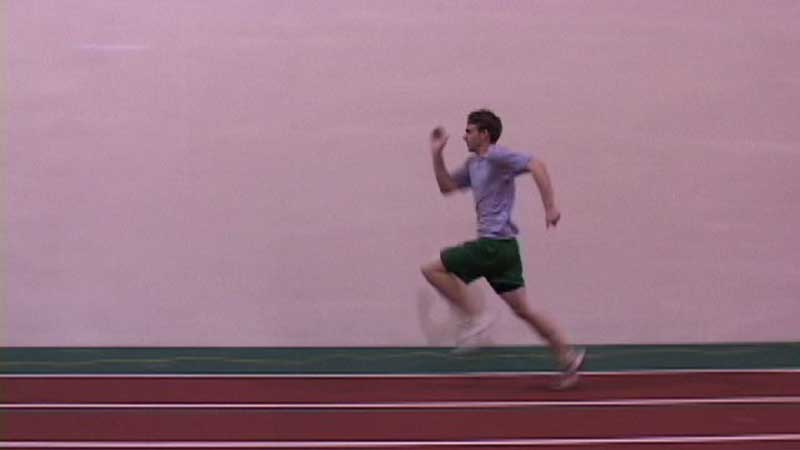
Figure 5: Good toe off. Knee is directly under glute. You can see the vertical drive, a la Dr. Weyand. Knee drive and arm drive are synchronized.
How about the vertical jump? Take the same athlete, with his squat erector and quad squat technique and film him jumping. What I have found is that they mimic the same positions. They go down into a squat. Since the erectors are stronger than the legs, the erectors will do more of the movement, and the knees don’t go bend much. A good indicator is to see what he body looks like in their lowest position in the jump. If their erectors are doing most of the work, the relationship between the torso and shins will not be parallel (Figure 5). On their drive up, the spine pivots up, and the hands usually drive first. So, before their legs have started the drive up, the torso is almost erect, and the arms are almost parallel to the ground (Figures 6 & 7). In reality, the erectors have lifted most of the mass upwards, and the legs just finish the drive. Two small muscles are doing most of the work in a test that requires major muscles to move the body. The only option the body has to move is to rotate the torso in an upward fashion. The hips are usually late in coming forward. In some cases, their forward thrust is minimal.
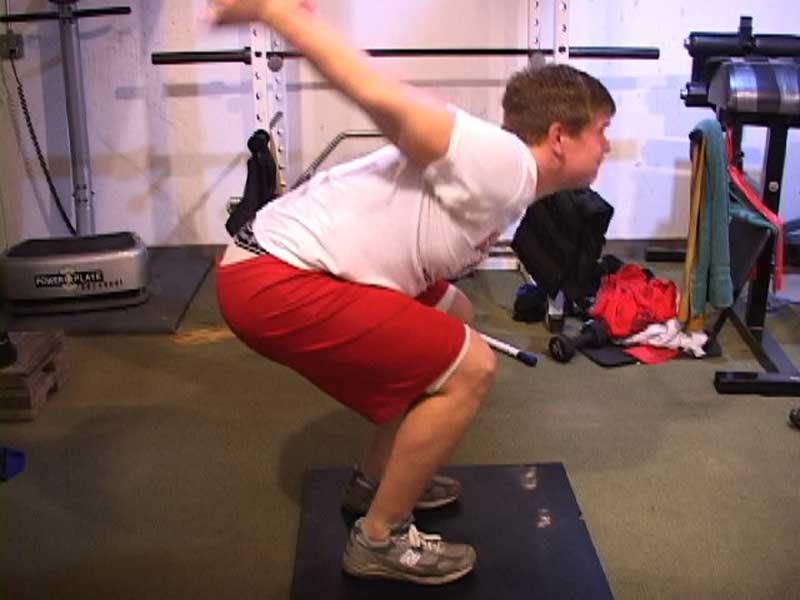
Figure 6: This was a division 1 fullback who could squat 600lbs but had a very limited 40 and vertical. He needed to improve his numbers to get on the field. You can see that his shins and spine are not parallel.
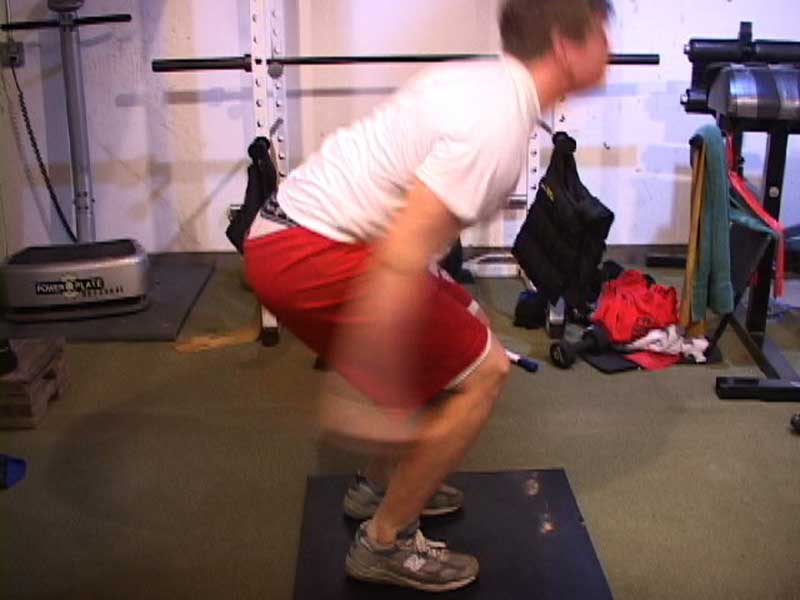
Figure 7: Thighs still in same position as the torso rotates up and forward.
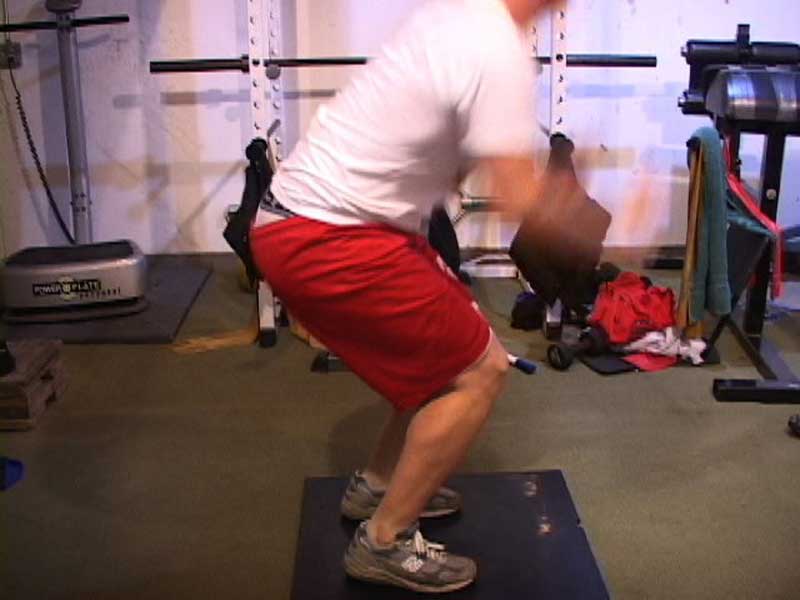
Figure 8: A further position in his jump but still no leg or hip drive. Arms are moving fast though.
In an efficient jump, the athlete’s spine always stays parallel to their shins regardless of the depth. The relationship stays the same throughout the movement. As their body starts to move vertically, the athlete’s hips will drive forward. And his arms are more synchronized to the movement. This is why in all of my exercises, I try to keep the athletes shins parallel to their spine; it forces better hip drive. Now, that pesky ankle rocker comes back into play. The more forward the shins go, the better the angles you can get when you jump and the more vertical hip drive an athlete can achieve.
In an efficient jump, the athlete’s spine always stays parallel to their shins regardless of the depth. Share on X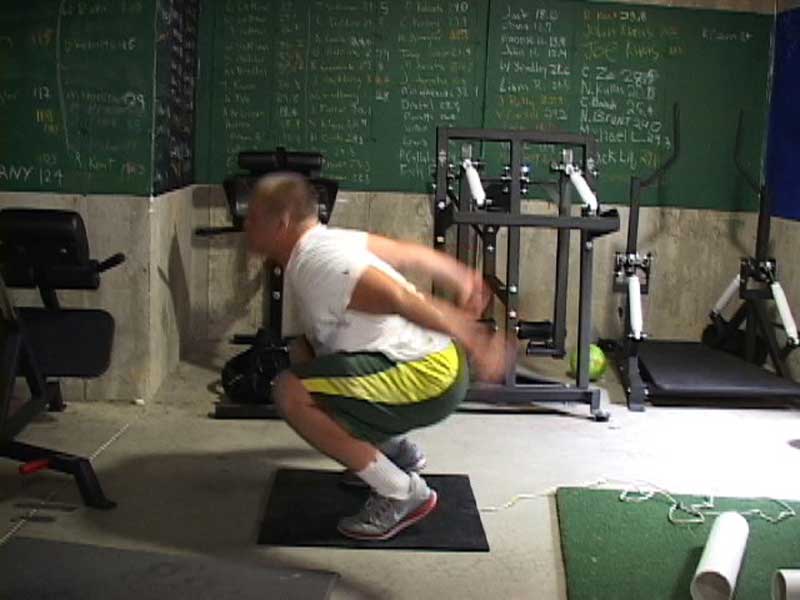
Figure 9: A 300 lb Big 10 lineman getting ready to launch into a 28 inch vertical jump. Not great ankle rocker with heels up but a great position. A candidate for deep squats.
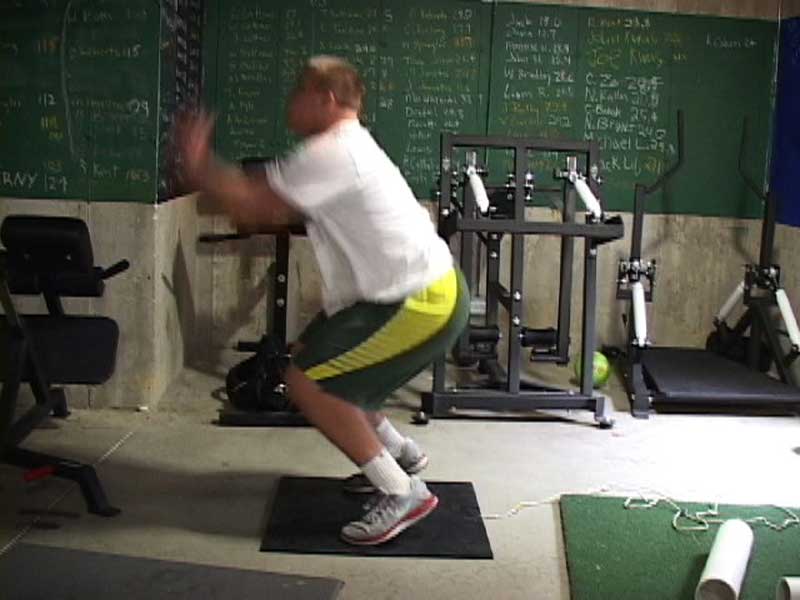
Figure 10: His finish. Torso and shin relationship remains parallel. Upper arms and thighs are parallel as well. When we got his heels down, he went higher. Also, a big squatter but he did it properly.
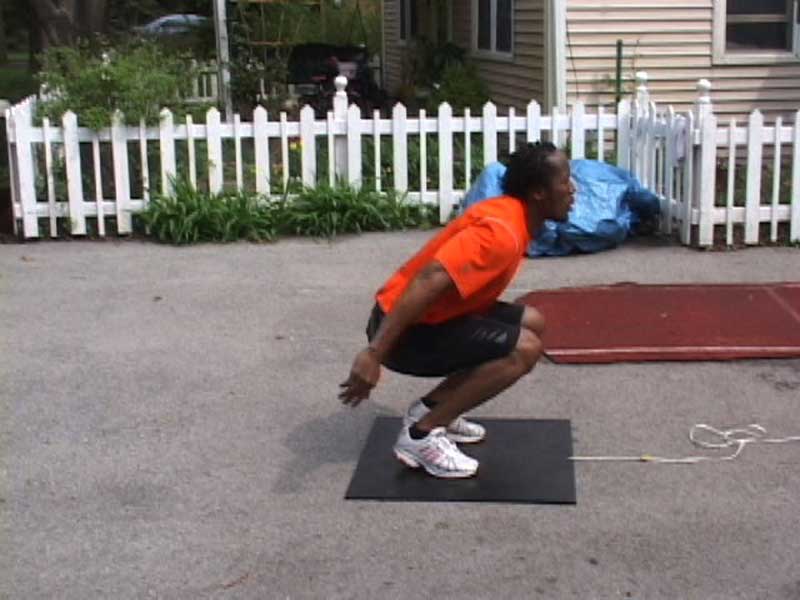
Figure 11: A textbook position. He is all the way down, and everything is parallel. He has never squatted but runs a sub-10.0. He will hit 38 inches. Not my best though. I have had three over 40 off the just jump mat.
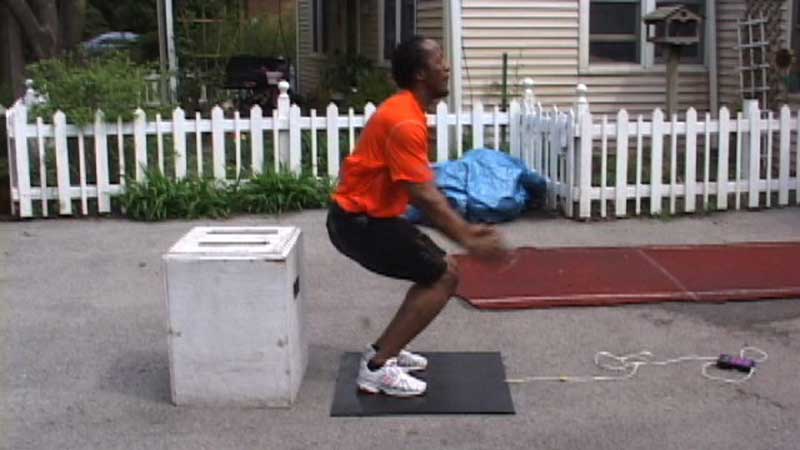
Figure 12: Notice how his body keeps the proper angles when he absorbs the force from a 24 inch depth jump.
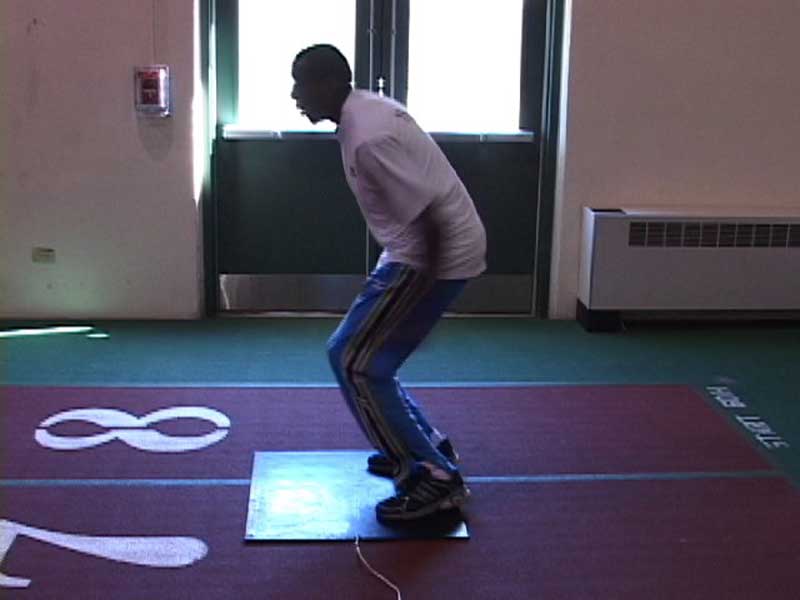
Figure 13: This is as deep as he goes. He has a lightning quick takeoff and doesn’t need to go any further. He hit 39. But he is also a 7’6 high jumper.
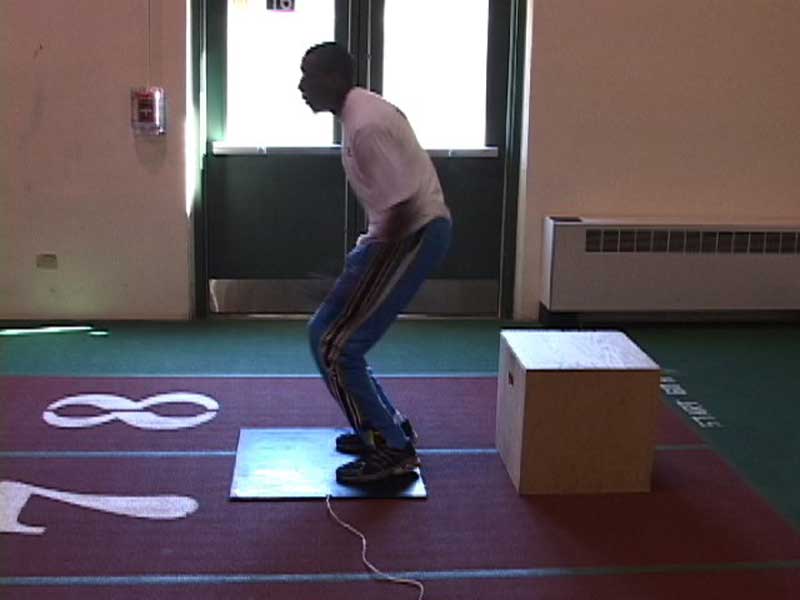
Figure 14: Note the same body position when he is dropping off a 24 inch box.
So, how did this all play out for my athletes? Last year at York High School in Elmhurst, IL, I had a variety of athletes that were in my varsity group. I had about 30 in all. Some were football players, and some weren’t. I mention this because the football players were subject to the off-season weight room stuff before school. Why this is allowed is beyond me but that is another rant for another article. The football players were usually the slowest of the group and progressed the least. They were the ones who would miss some practice with some hip flexor problems that tend to surface with poor technique as well. Toward the end of the season, I had eight that could help the team. Only one football player, but he was one who refused to do the “off-season” stuff. To put them into a relay team was interesting. I ran my second team; bottom 4 of the 8 based on fly times at the county meet in Naperville at the DuPage County Meet, the oldest meet in Illinois. In the last ten years, if you win that meet, you win the state championship. My bottom 4 ran 42.4 and set the meet record. Four weeks later, my top 4 went 41.48, 7th best time in the history of the state. And just think, we never squatted one workout.

Figure 15: York High School Track Team with State Championship Trophy.
In the world of movement and compensation patterns, the body will always go with its strongest, safest recruitment pattern. Continue to strengthen a bad pattern, and it will take over most movements.
Please share this article so others may benefit.
[mashshare]


What? 600-pound squats make you slow? Blasphemy!
If you make a muscle sore, it will grow bigger and stronger. Squats make your butt sore, so it must be a great speed exercise.
If sprinters have big butts, don’t we need to create big butts in the weight room?
Chris Korfist is a Myth Buster.
Great stuff.
If you make a muscle sore it will grow bigger and stronger? Where did you get that absolute bro science from? Do sprinters have big butts shouldnt we make them in the weight room? What absolute garbage is that? Leave the scientific comments for someone with a clue.
Tim,
Sorry, I shouldn’t be sarcastic.
You and I are probably on exactly the same page. I am a huge supporter and friend of Chris Korfist. In my comments, I was making fun of people who say crazy things, not endorsing them.
What I said, intentionally, was “absolute garbage”.
Read some of my articles on this website.
Your field is NOT scientific, retard. It is an ART- which is worthwhile and more difficult sometimes than science. Medicine too is HEAVILY ART. Scientific fields have a corpus central theory that all research in the field adresses and can dispell it- doing away with the field itself. Quantum Field Theory is an example of this.
Your bro science comment makes no sense because your field is not scientific. Energy, by the way, is NOT ANY kind of stuff, thing or entity STRICTLY a property.
SQUATs can make you slow!
Squats are NOT necessary for athlets!
Only really ignorant people won’t accept this.
I could jump and sprint without touching a weight! And this holds true for so much people
If you want to get faster or jump higher do exactly that with strong focus and dedication!
A very interesting article.
I understad that you think the glutes is highly important to train for a sprinter. Would you say that if I use squats for this purpose, I use light weights, making sure your spine is in position?
This was sent to me by a football coach who has no concept of training athletes, energy systems and refuses to listen to people who do. After reading this I completely agree with what your saying because if technique is horrible then it doesn’t serve your athletes at all. I constantly battle with this coach about our players not needing to have them squat a tone for them to be efficient athletes! Roar I would also suggest deadlifts and or glute hip thrust.
You can continue to use whatever exercise you like, squat, trap bar, etc. The key is the relationship between the shin and the torso. So, if squatting to a tone, which I would guess is a beep goes off when the athlete hits parallel, it may be too deep for that particular athlete and you are developing and strengthening a poor recruitment pattern. A floor deadlift may be too deep as well, so pull from a pin or block. In my two examples, one guy doesn’t go as deep, so his squat would be shallow. The other guy can do ATG so he could carry that over to his squat. But again, all that may not be necessary.
Very interesting! I’d appreciate just a little insight. I see myself as the athlete that really “bends over” in a standing vertical jump. I’ve trained my jumping ability for a while and can hit 35″ from a standstill, but I still wonder if this concept is holding me back. Would front squats be suitable? They certainly keep the torso vertical, but maybe even MORE vertical than the shins? If the goal is to match the torso angle with the shin angle, should I solely focus on exercises where I can do that?
Thanks a lot!
I also would like to know your thoughts on front squats compared to regular squats.
Do you think that it is important to train full range squats/lunges etc for general strength and injury reduction purposes? how would you adjust your lunge based exercises where the shin position in relation to the torso is different from your running postures?
Thanks,
Andy.
I think full range squats is relative to how well you can hold that relationship. I don’t want to train patterns that will slow my guys down. So we go down as far as you can keep the relationship. For lunges, see my article on Bulgarian Squat.
So it sounds like you are saying that you do not like squats for improving glute strength. What would be your suggestion to help solve this? No more squats? or just change the way we squat?
I’ll write an article on this so I can put some pics in.
How would step ups and box squats fit in this?
I like step ups with some twists and box squats vary depending on how you are doing them.
are your dvd’s still available Chris or any new one’s in the works? I emailed you earlier this year about them but no response (maybe an old email address?)
I have 3 available and not many copies. The first 2 are How to run faster vol 1 and 2 and it is a whole workout progression. And the third one is more recent, is new Ideas in Sprint training.
prices mate? and how would i pay for them?
$40 each. Contact me through facebook.
With the 24 inch drop off the box what are you looking for?
Is this to calculated RSI?
Are you comparing this to their Counter Movement Vertical Jump?
Are you looking for a certain GC with this?
Thank you in advance,
RB
I was looking to see how his body responded to the force and see if there was a collapse somewhere. It is always interesting to see how an athlete responds to force and see if they can absorb and reuse the energy. You can look at his height and compare it to his cmj and figure what type of athlete he is and where the training may lead as well. I like numbers but I also like how things sound and the feeling I get from watching someone run or jump. I guess that is the art of coaching.
I know this is really old but it has to be mentioned. Sadly the author did not mention body fat percentage 1 time nor try to account for it in either himself or his athletes. In horse racing a drop or gain in 5 lbs on a horse that weighs 1600 can mean 2 horse strides. You can imagine in vertical jumping and sprinting how much extra weight your carrying compared to how much you squat could really effect your athletic performance…I really see no evidence for what the author of this article is saying until he can show body fat percentage on these athletes.
Would also like to take into account the weight of muscle in the athlete that does not contribute to jumping, I’m not sure which muscles those would be but a more thorough analysis of this subject would take that into account.
Thanks for voicing my suspicion that squatting has nothing to do with the running movement. Now I think of it, the powerlifting champ at my school was never a fast runner. I felt “bad” because my back problems just will not let me squat heavier than a barbell equal to my bodyweight. But think of all those decades of 10 second sprinters who never did weights or Alan Wells bodyweight only circuits. Its back to slower, pausing split squats for me. They never hurt my knee, made me feel much more stable.
This artical is awesome is awesome, I play hockey and I am a sprinter and have been the weight room trying to improve my squat so I can be faster. I’m at 285 pounds but haven’t seen a big differences in my sprinting, I have been doing plyometrics though which has helped. But what amazed me the most is when you said your athletes who ran a 41 second never squared, how’d you do that also what type of excercises did you use
Thanks
I’m 6’8” and …older. I’m obsessed with my jump first and foremost and my squat second (as it relates to jumping and running). I see myself in a lot of the incorrect glute activation types from the article. What, in your opinion, would be the best way to remedy this shortcoming? Obviously glute activation but HOW to carry that through in functional athletic improvement is more what I’m getting at. Also, for taller athletes would a squat variation help such as a wide stance or sumo stance? My understanding is a wide stance involves more glute. What are your best exercises for increasing jump?
Can you explain more about shoulder shrugging cause I think I do that too when I run but I’m not a push athlete and have good ground contact times